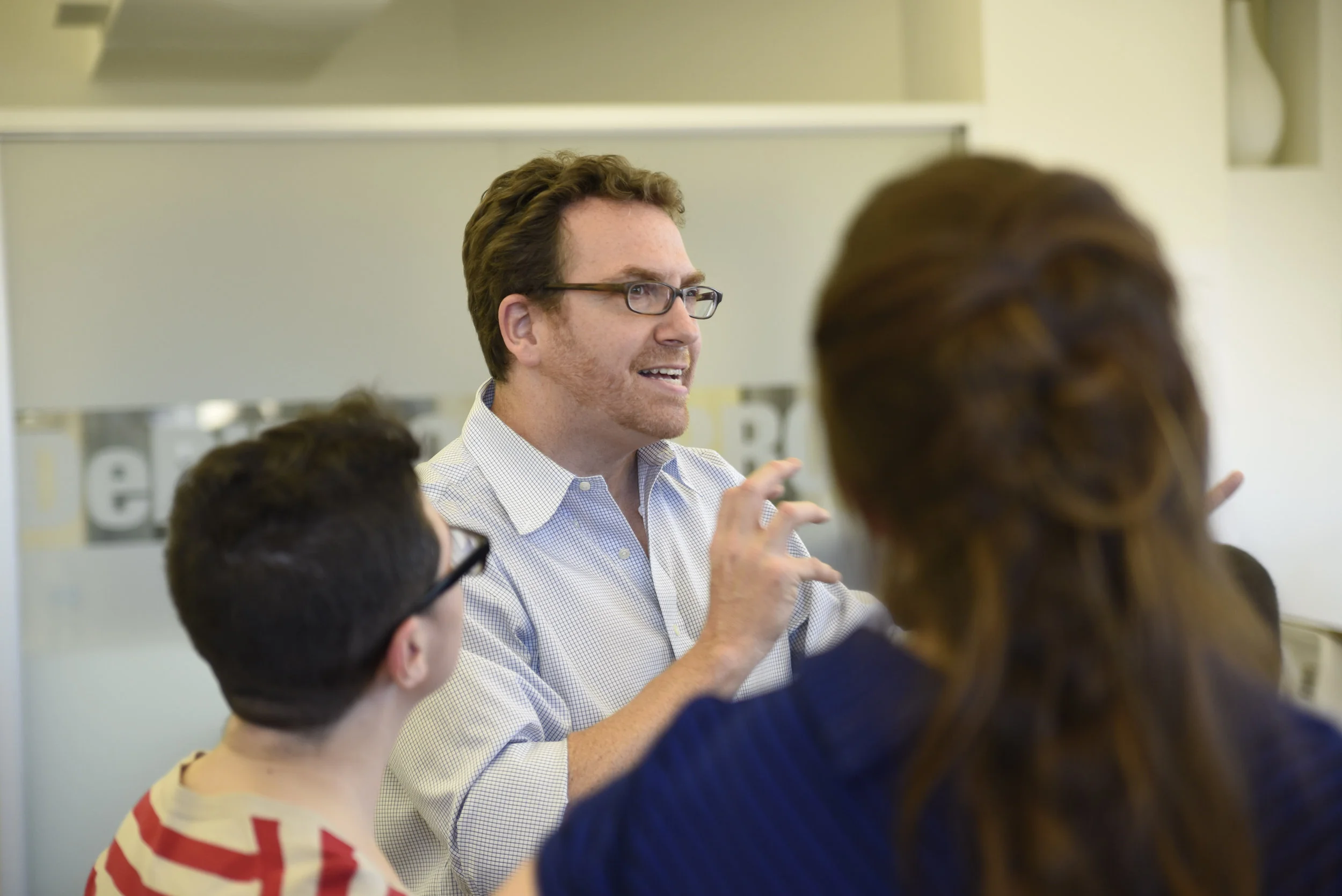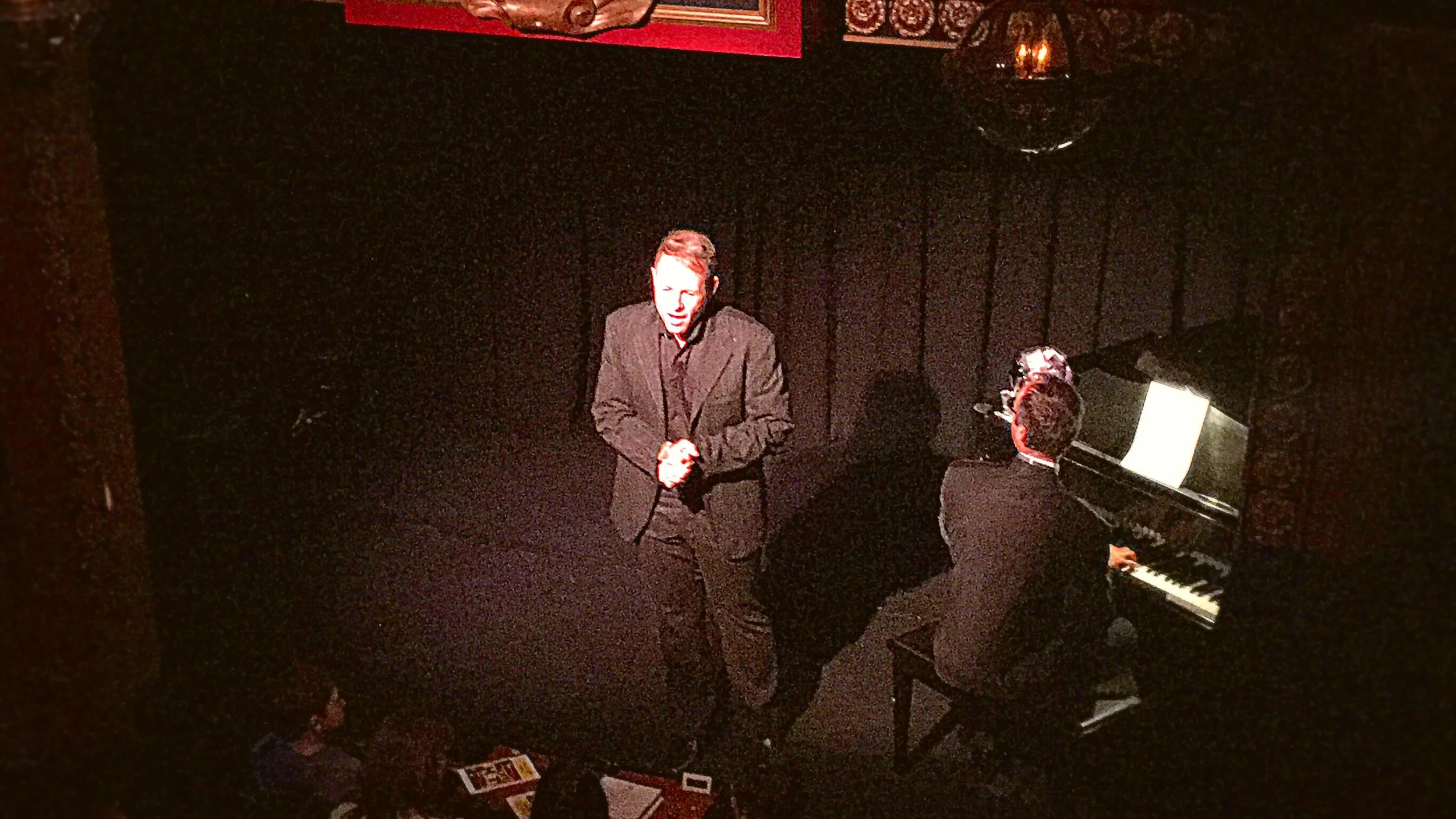by Rob Schiffmann
Note: it may help you to read Part 1 of this series - Accepting the Music
Melody Has...
... built in intention, emotion and energy.
Rob Schiffmann
So you have accepted the music and allowed yourself to be in a state of suspension where you do not necessarily have control over what will come. You are infused with the gorgeous music that the pianist is providing and you are pregnant with emotion. Congratulations. You are now ready to form your first line!
How Did They Know?!
Before we even consider lyrical content, we must consider melodic content. Melody is WHY we listen to music: be it a pop song, a musical theater song, an orchestral piece or even a drum solo. Melody speaks to us with its constant questions and answers, tensions and releases, surprises and satisfying resolutions. When a melody soars, we soar with it. We don't need words to understand and connect to the inherent emotion of a melody. There is something deep within all of us from before we are even born that connects to and understands melody.
I can remember singing the first five ascending notes of a major scale to my daughters when they were only six weeks old. To understand that sound of what I am describing, recall 'Do, re, mi, fa, sol.' I would then pause and watch them as they held on to the suspension left in that pause from my unresolved melody. When I would then sing it backwards (Sol, fa, mi, re, do), they would relax as they felt the inherent resolution in that response to my initial melodic question. As a proud parent, I would then ask myself, "beyond the fact that my children are clearly musical geniuses, HOW DID THEY KNOW?!?!" What is in melody that they seem to have already understood at such an early age?
Melody is Universal, Consistent, and Timeless
The answer is that melody is universal, consistent and timeless. We know melody, each and every one of us. We understand its implications. No one listens to Bach Suite # 3 in D Maj and thinks Bach was intending to make us feel amped up and ready to go out and run a marathon. No one thinks that the chorus of Livin on a Prayer was designed to help babies nap. Melody has built in intention, emotion and energy and we can ALL read it.
This is very helpful to us as improvisers because it means we can follow and not create. Our main goal as improvisers / artists is to do just that: put ourselves in a place of following. When we do that, the moves come and we don't have to think and intellectualize. Clever is boring. Everyone is clever. Everyone can create. Some may be more practiced than others but we can all create in the confines of what we know. However, creativity is a room with four walls. We are limited by our intellect, our experience and our own sense of what is appropriate. When we can rest on something deeper - like our innate and collective sense of melody - we can follow and push past where we usually go. We obey what we deeply and subconsciously have at our fingertips. We connect to our inner muse. We FIND!
More Than Singing a Line the Rhymes
And so, having connected to the glory of the music being provided to you, you open your mouth and you let out a sound. This sound forms into a note, which connects to the next note and so forth and so on until you have your first line of melody. The question is now, what forms the contour of this line? How do we make this melodic line memorable, both to ourselves and to our audience? As we are likely to have more than one verse and more than one chorus, all of which should be relatively consistent, it is important that our melodic lines spark something which allows us to follow. Our melodic lines must have shape and must ask questions so that we organically can tap into the part of us that knows the answers. It is not enough to simply sing a note with words that rhyme. The melody MUST speak as well and must ask our ear to engage and guide us.
How do we do that? By creating, within the contour of our melodic line, a moment made from rhythm, range and / or silence. In our next installment, we will dive into how you can use these three elements to create your melodic hook!

























